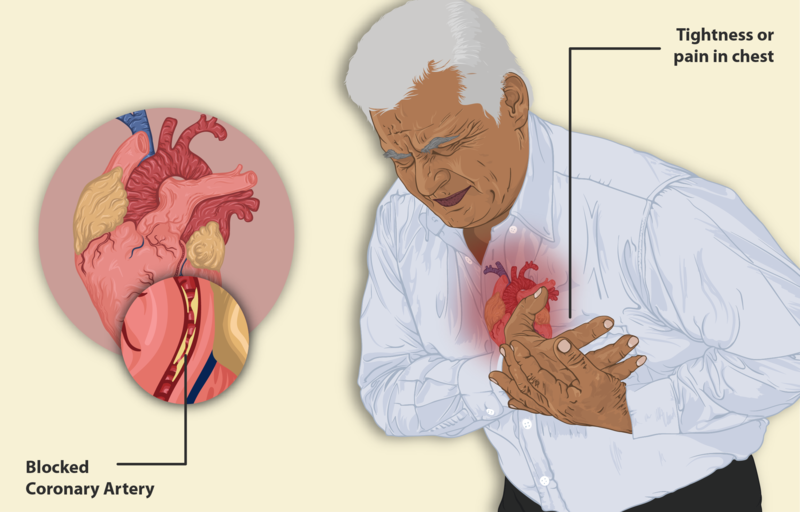In the heart of a scorching summer or during the depth of a winter freeze, the last thing any business wants is for their air conditioning (AC) system to go kaput. It’s not just about comfort; for critical business operations, AC system failures can mean disrupted workflows, damaged equipment, and a hit to your bottom line.
To ensure you know what to do in a crisis, we’re going to delve into the importance of emergency preparedness for AC system failures and provide you with a roadmap to navigate these challenges like a pro.
The Unseen Culprits: Causes Of AC System Failures
AC system failures often lurk like silent predators, ready to strike when least expected. Dust buildup, refrigerant leaks, electrical malfunctions, and simple wear and tear can all lead to a breakdown. Being aware of these potential culprits and implementing a regular maintenance schedule is the first step toward reducing the risk of an AC emergency.
Risk Assessment: Identifying Critical Business Areas
Before you prepare for the worst, take a strategic approach. Identify the critical areas in your business that rely heavily on consistent temperature control. Server rooms, laboratories, manufacturing facilities, and even customer-facing areas like retail spaces are examples of places where AC is mission-critical. Prioritize these zones in your emergency preparedness plan.
Back To Basics: Basic AC System Troubleshooting
When the AC system goes down, panic doesn’t have to set in. Train your employees to perform basic troubleshooting steps in case of an emergency. This might include checking the circuit breakers, ensuring the thermostat settings are correct, and inspecting air filters. Sometimes, a simple fix can get your system back up and running before the temperature starts to rise.
The Power Of Redundancy: Backup And Redundancy Systems
In the world of emergency preparedness, redundancy is your best friend. Consider investing in backup AC systems or generators to ensure that critical business areas remain operational even if the primary AC system fails.
These systems act as a safety net, allowing your business to weather the storm of an AC emergency without skipping a beat.
Swift Response: Building An AC Emergency Action Plan
Imagine an AC system failure in the midst of a heatwave – time is of the essence. That’s where an AC Emergency Action Plan comes into play.
This comprehensive strategy outlines the step-by-step process to follow when an AC emergency strikes. It includes key contacts, troubleshooting steps, equipment locations, and a timeline for repairs. Having this plan in place can significantly reduce downtime and minimize the impact on your business operations.
Partnering With Professionals: The Role Of HVAC Experts
While basic troubleshooting and redundancy systems are essential, some AC failures require the expertise of HVAC professionals. Establish relationships with reputable HVAC service providers who can respond quickly to emergencies, diagnose issues accurately, and provide timely repairs.
For example, AC Repair Bob Heinmiller is renowned for providing high-quality 24-hour-a-day service, so any company needing prompt and effective AC Repair in Orlando FL can rely on their knowledge and expertise in a crisis.
Communication Is Key: Notifying Stakeholders
When an AC emergency occurs, communication is paramount. Notify employees, customers, and stakeholders about the situation and the steps you’re taking to address it. Transparency and timely updates can help manage expectations and maintain trust even in challenging circumstances.
Final Thoughts
AC system failures in critical business operations are not a matter of if, but when. By embracing a proactive approach to emergency preparedness, you’re not just bracing for the worst – you’re safeguarding your business’s continuity and reputation.
From regular maintenance and troubleshooting training to backup systems and emergency action plans, each piece of the puzzle plays a vital role in ensuring that even when the AC is down, your business remains resilient and ready to thrive.







